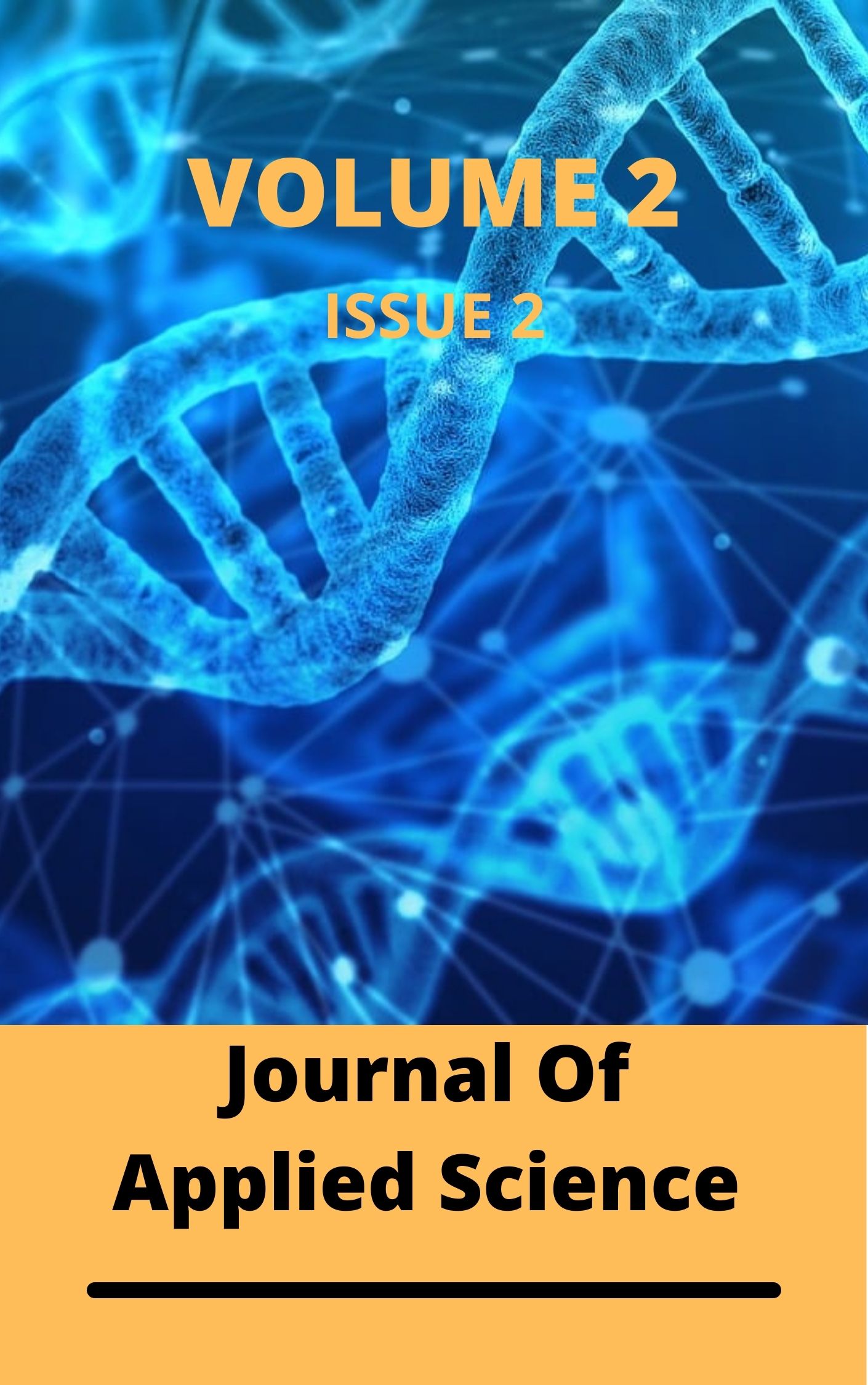Foundation Feasibility in Lokoja: Geotechnical Perspectives
Keywords:
Insitu-testing, soil composition, bearing capacity, foundation design, site characterization.Abstract
TThis geotechnical study aimed to analyze the soil characteristics in certain areas in Lokoja with an emphasis on the durability of foundations for civil engineering projects. To identify important engineering parameters, the study used soil sampling, laboratory analysis, and geological mapping. The majority of the soil types were found to be unstable, with high clay content, poor compaction, and limited bearing ability. Granulometric research revealed that in unstable areas, over 50% of grain sizes had a diameter of less than 0.3 mm, signifying a high concentration of silt and clay. The optimal moisture content ranged from 10.4% to 12.2% in compaction assessment, indicating medium compaction levels susceptible to risks from rainfall. In unstable areas, Atterberg limit tests showed considerable plasticity, with plasticity indices ranging from 7.9% to 16.92%. According to California Bearing Ratio (CBR) measurements, unstable regions have low bearing capacity, with values between 2.0% and 3.31%, whereas stable regions had values between 21.9% and 28.7%. Based on these results, the subsoil is typically inappropriate for sustaining structures, which also explains the observed building cracks. Incomparable geological settings, our research highlights the importance of detailed geotechnical investigations for accurate foundation design and construction.
